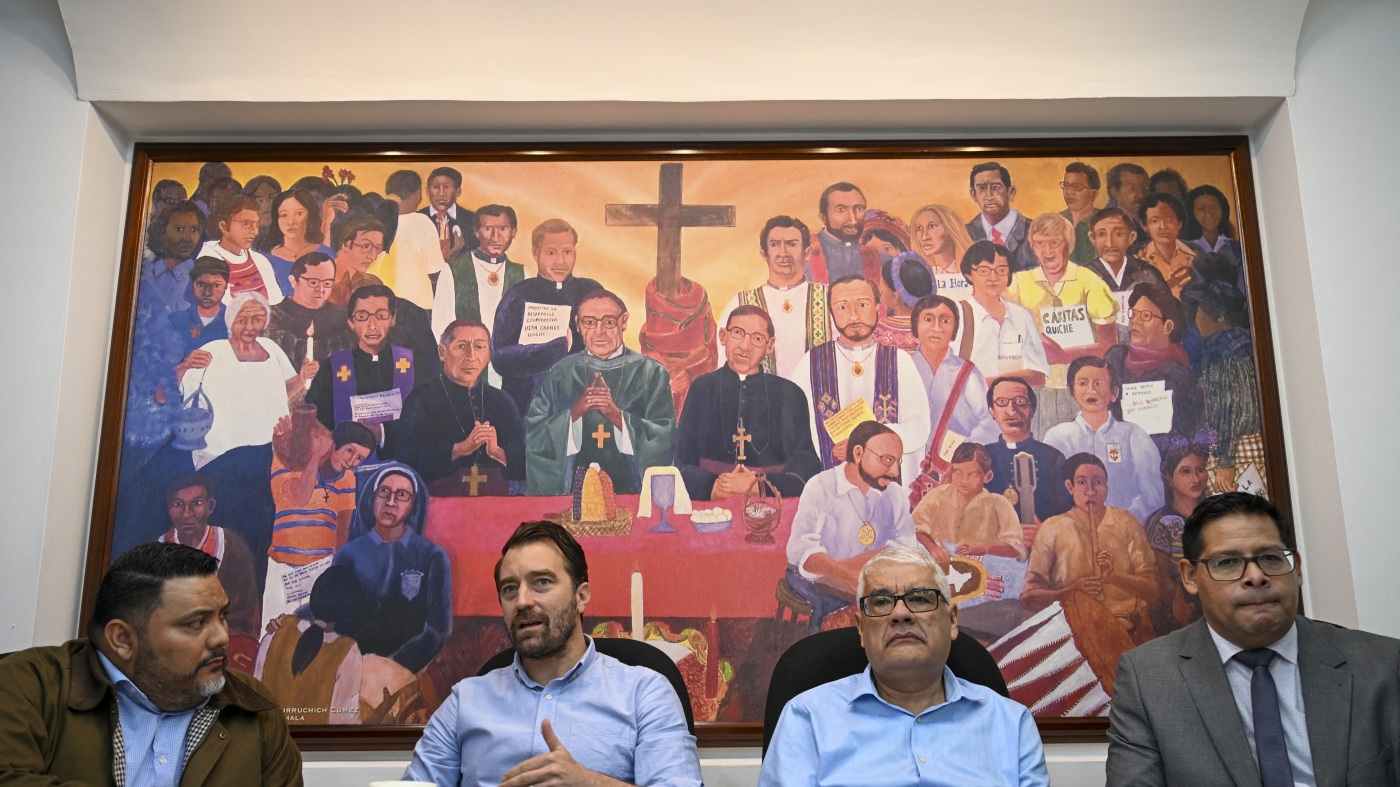T4K3.news
Indigenous rights under threat in Peru
The Mashco Piro face ongoing protection challenges as reserves lag and new pressures emerge from development and digital curiosity.
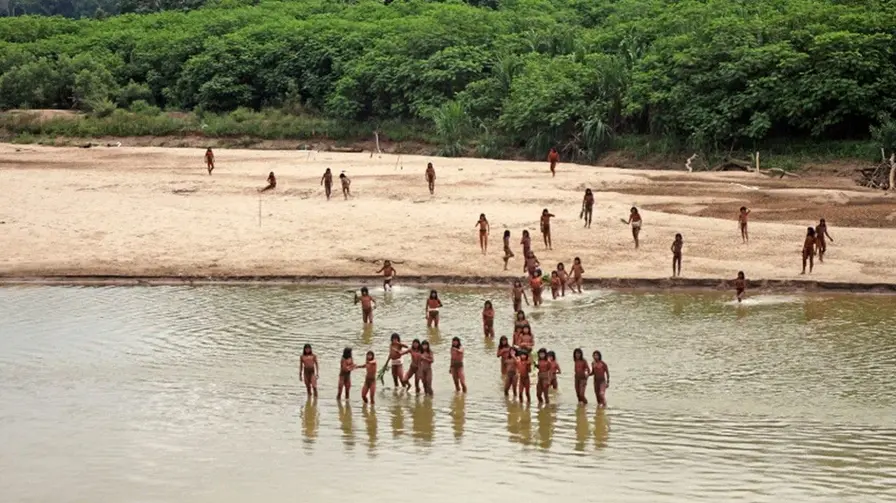
The day spotlights the right to non interference and faces the Mashco Piro in Peru with threats from extractive projects and digital curiosity.
Indigenous Right to Remain Isolated Emphasized
The International Day of the World’s Indigenous Peoples is marked on August 9 to highlight the rights and protection of Indigenous peoples, including the value of their knowledge in biodiversity and climate resilience. This year the focus is on Indigenous Peoples and Artificial Intelligence, Defending Rights, Shaping the Future, a reminder that protecting environment and culture go hand in hand.
In Peru, the Mashco Piro, a group living in voluntary isolation, have been seen along the Las Piedras and Alto Madre de Dios rivers. They choose to stay apart to safeguard their identity and knowledge, a stance backed by Peru’s derecho a la no intervención. The country has set up territorial reserves such as Kugapakori-Nahua-Nanti, Madre de Dios, and Isconahua, but progress is limited: only five of the 25 requested reserves are officially established, underscoring gaps in protection. Critics like AIDESEP warn that delays weaken safeguards and may open space for logging and mining interests. The Mashco Piro move with the forest, living from hunting and gathering, and resist contact that could bring disease or cultural disruption.
A new digital-age threat adds to the risk: influencer tourism and online fascination with uncontacted peoples can turn encounters into spectacles for followers. NGOs such as Survival International urge viewers not to share images or videos that threaten the right to remain unseen. The central message remains clear: protecting isolation is not withdrawal but a guard against health risks and cultural erasure, a responsibility shared by governments, communities, and the global public.
Key Takeaways
"Isolated peoples cannot sign agreements or give consent."
AIDESEP on the need for stronger protection.
"Behind conservation rhetoric lie economic interests that threaten Indigenous lands."
AIDESEP warning about REDD+ and development.
"Indigenous knowledge is a treasure that guides biodiversity and climate resilience."
Recognizes the value of Indigenous knowledge.
"The right to non interference is a shield against cultural homogenisation."
Editorial takeaway on safeguards.
Policy delays and uneven enforcement create a gap between rights on paper and protection in practice. The derecho a la no intervención exists, but only a fraction of the requested reserves are in place, leaving communities exposed to pressure and contact that could be harmful. The Mashco Piro’s situation shows how difficult it is to balance state sovereignty, development goals, and Indigenous autonomy when economic interests push forward without genuine consent. For many, protecting isolation is a strategic choice that preserves biodiversity as well as culture.
The piece also highlights a broader tension between conservation rhetoric and people’s rights. As attention shifts to AI and environmental outcomes, the risk is that Indigenous futures are sidelined by quick fixes or public spectacle. Stronger laws, transparent consultation, and independent monitoring are essential. Protecting the right to isolation should be seen as a practical safeguard for biosphere and identity, not an obstacle to progress.
Highlights
- Isolated peoples cannot sign agreements; they need stronger protection.
- Behind conservation rhetoric lurk economic interests that threaten Indigenous lands.
- Indigenous knowledge is a treasure that guides biodiversity and climate resilience.
- The right to non interference is a shield against cultural homogenisation.
Risks to indigenous protections
Delays in reserve creation and weak safeguards raise political and social risk. Extractive interests and
Guardianship of living knowledge requires patience and vigilance, not headlines.
Enjoyed this? Let your friends know!
Related News
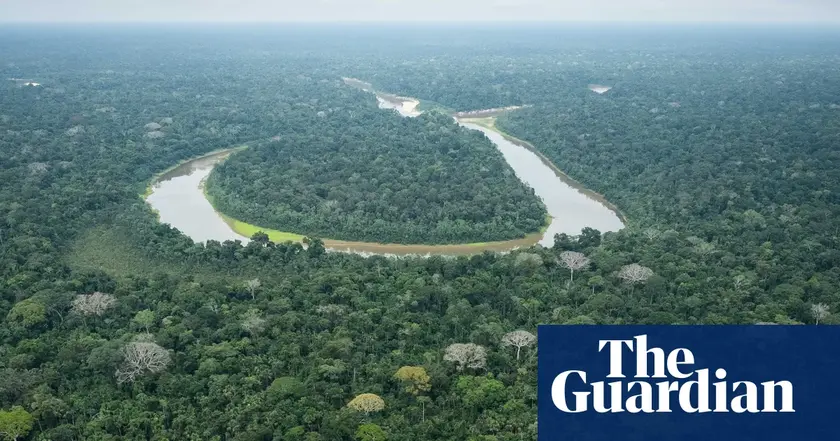
Missionaries Engage with Isolated Indigenous Groups in Brazil
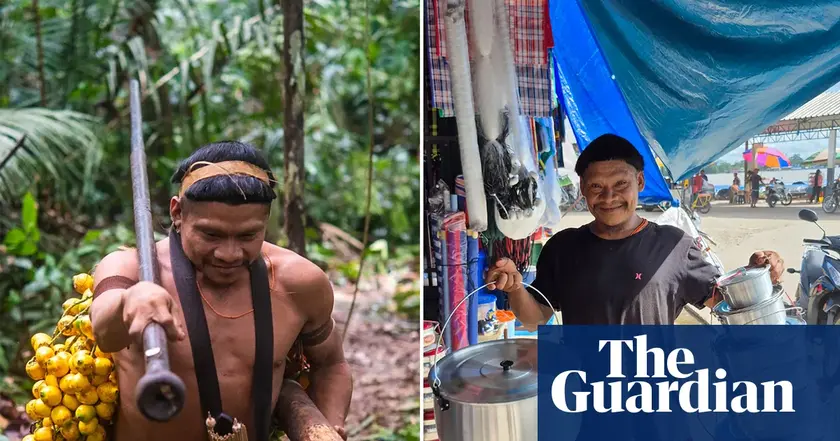
Korubo people begin adapting to modern life

Illegal mercury trade expands amid cartel activities
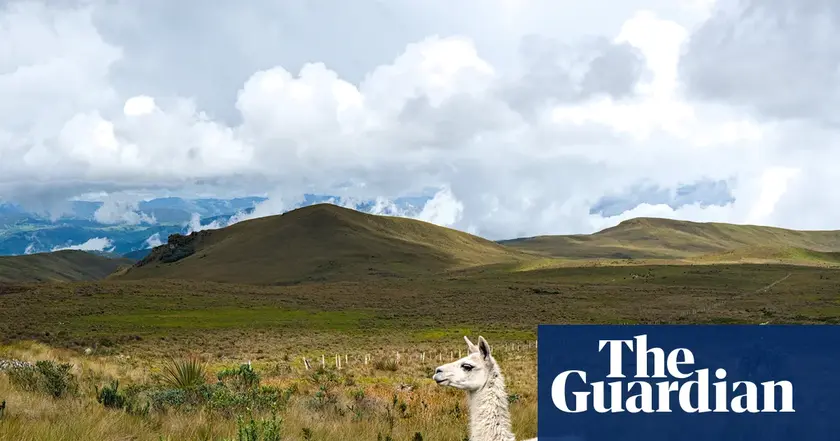
Mining license granted for controversial Cajas project

Magnitude 8.8 earthquake strikes Kamchatka Peninsula

Nordic heatwave linked to climate crisis
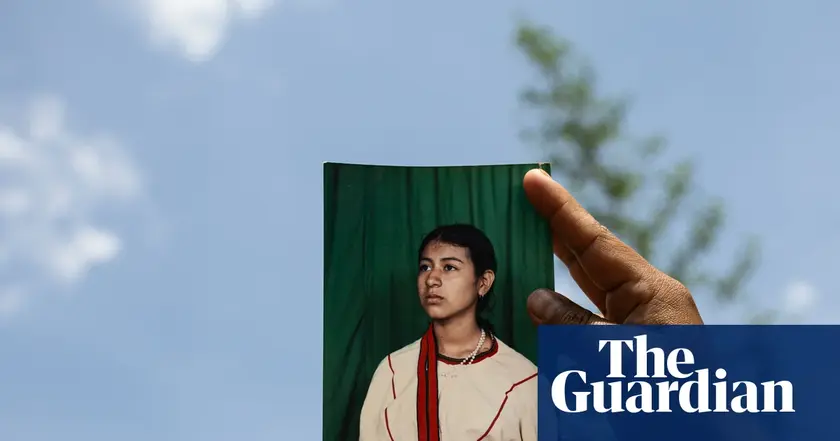
Sandra Domínguez, feminist activist, found murdered in Oaxaca

Peru grants blanket amnesty to security forces
